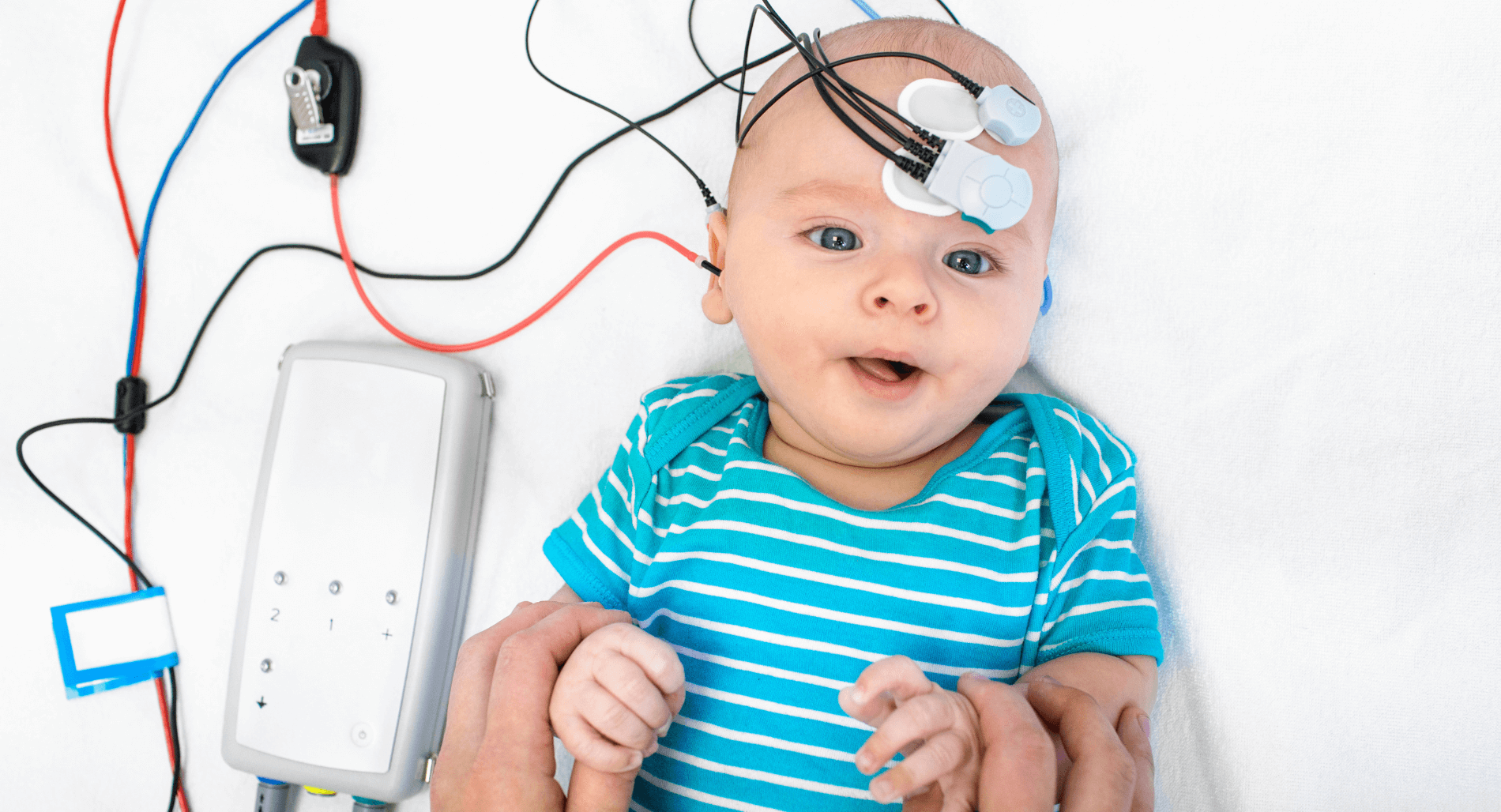Comparing OAE Testing with Other Hearing Tests

Hearing health exams often involve various diagnostic tools to assess the auditory system’s function. Among these, Otoacoustic Emissions (OAE) testing stands out for its precision in evaluating inner ear health.
Comparing OAE testing with other methods, such as pure-tone audiometry and Auditory Brainstem Response (ABR) testing, reveals the strengths of each and their unique roles in diagnosing hearing loss. To be sure what type of hearing test you need, it’s important to understand the difference between the tests and how they complement each other.
How OAE Testing Works
OAE testing measures sounds produced by the inner ear, specifically the outer hair cells in the cochlea, in response to auditory stimuli. A small probe placed in the ear canal delivers clicks or tones and records the resulting emissions. The presence or absence of these sounds provides valuable information about cochlear function, making this test highly effective in detecting hearing loss caused by inner ear damage.
This test is quick, non-invasive, and commonly used for newborn hearing screenings. Since it doesn’t require active participation, it is ideal for individuals who cannot respond to traditional hearing tests, such as infants or people with certain disabilities.
The Role of Pure-Tone Audiometry
Pure-tone audiometry is often considered the cornerstone of hearing health exams. It measures an individual’s ability to detect sounds at different frequencies and volumes. The test involves wearing headphones and responding to tones played at varying pitches and intensities. Results are charted on an audiogram, which visually represents the degree and type of hearing loss.
Unlike OAE testing, pure-tone audiometry requires active participation, making it unsuitable for infants or those unable to communicate effectively. However, it provides a detailed overview of a person’s hearing range, making it invaluable for diagnosing sensorineural and conductive hearing loss.
ABR Testing and Its Unique Applications
Auditory Brainstem Response (ABR) testing assesses the auditory nerve and brainstem’s response to sound. During this test, electrodes placed on the head record electrical activity in response to auditory stimuli. ABR testing is highly effective in detecting hearing loss caused by issues beyond the cochlea, such as auditory nerve damage or neurological conditions.
ABR testing is often used in cases where traditional tests fail to provide clear answers. Like OAE testing, it doesn’t require active participation, making it suitable for infants or individuals unable to respond during pure-tone audiometry. However, it is more time-intensive and typically performed in specialized settings.
Comparing Precision and Applications
Each testing method excels in specific areas. OAE testing shines in detecting early-stage cochlear damage and is often used for screening purposes. Pure-tone audiometry offers a broader assessment of hearing capabilities, making it important for identifying the degree and type of hearing loss. ABR testing provides insights into neural pathways, which are critical for diagnosing more complex auditory issues.
While OAE testing is highly sensitive to cochlear health, it may not detect hearing loss caused by problems in the auditory nerve or brainstem. Similarly, pure-tone audiometry focuses on behavioral responses and may miss underlying neural conditions. ABR testing addresses these gaps but requires more resources and expertise.
Efficiency and Accessibility
OAE testing is efficient and widely accessible, often completed within minutes. Its non-invasive nature and quick results make it ideal for large-scale hearing screenings. Pure-tone audiometry, while straightforward, can take longer and requires a cooperative participant. ABR testing, though extremely detailed, is typically reserved for specialized scenarios due to its complexity and longer duration.
The accessibility of each test plays a role in their usage. OAE testing is commonly used in hospitals and clinics for initial screenings, while pure-tone audiometry is standard in most hearing health exams.
The Importance of a Comprehensive Approach
Relying on a single test may not provide a complete picture of auditory health. Combining methods like OAE testing, pure-tone audiometry, and ABR testing allows for a thorough evaluation. For example, OAE testing might identify early cochlear issues, while ABR testing could rule out neural complications, and pure-tone audiometry could offer insights into overall hearing abilities.
This layered approach ensures hearing health exams can address various causes of hearing loss and provide tailored solutions. Hearing health professionals often use these tests together to pinpoint the exact nature of a problem and recommend effective treatment or management strategies.
